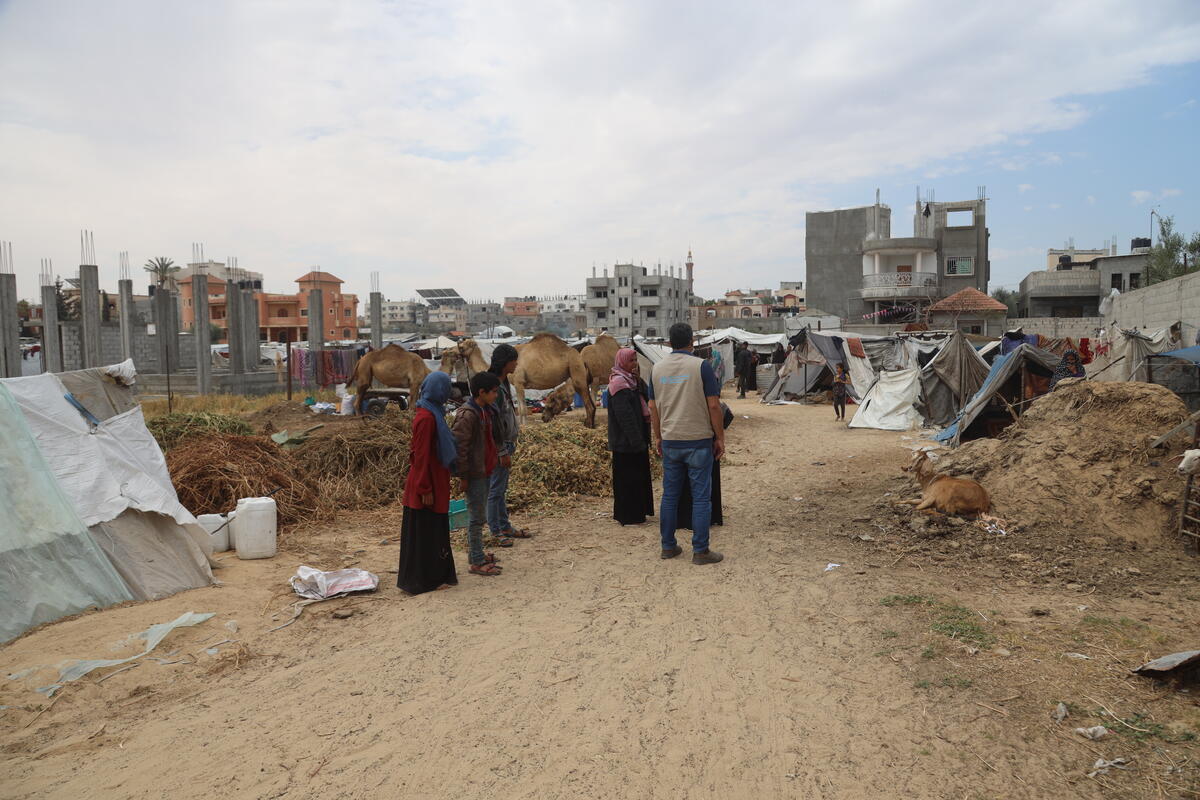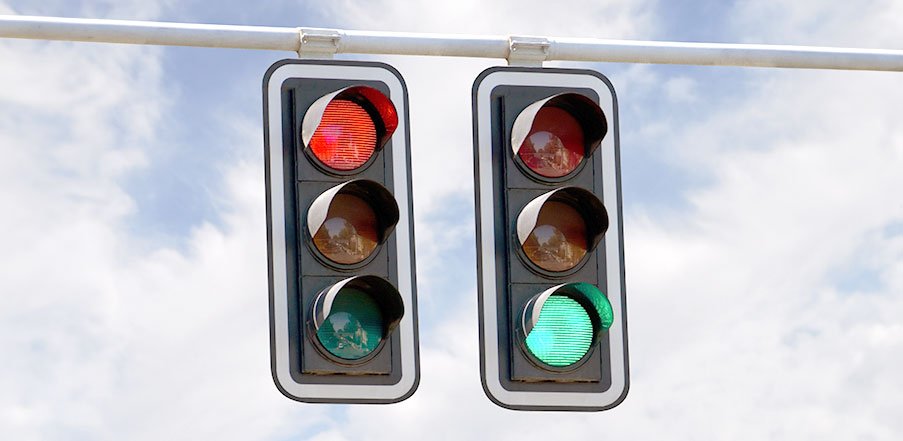A new report released today by the Australian Institute of Health and Welfare (AIHW) has revealed that just over half (52%) of eligible women (3.5 million) undertook Cervical Screening Tests in 2018 and 2019, driving Australia towards its goal of becoming the first country in the world to eliminate cervical cancer.
The National Cervical Screening Program Monitoring Report tracks the ongoing success of the National Cervical Screening Program (NCSP), which was revised to replace the pap test in December 2017 with a test that detects the presence of the human papillomavirus (HPV) the virus responsible for the vast majority of cervical cancers. The report revealed that while overall testing numbers are promising, Australia still has work to do to reach its elimination target.
Professor Karen Canfell, Chair of Cancer Councils Screening and Immunisation Committee and world leader in cervical cancer research said, We are on track to meet our target of eliminating cervical cancer within Australia, however in order to reach our target, we now need to ensure health inequities are addressed and ensure that women all around the nation have equal access for testing.
We know that nearly three quarters or 72% of cervical cancers diagnosed between 2002 and 2012 occurred in those who had either never screened or were overdue. This demonstrates the effectiveness of Australias cervical screening program in preventing cervical cancer and the importance of ensuring women are booking in for their cervical screening tests.
The AIHW data shows there are links between the socio-economic disadvantage of a region and the rate of participation in cervical screening. Only 40.8% of women living in areas with the highest disadvantage had a routine screening test, compared to 52.0% of people residing in areas of lowest disadvantage.
Associate Professor Lisa Whop, Senior Research Fellow at the Australian National University says, Its concerning to see such differences in participation across the nation.
Further inequalities are revealed when looking at mortality rates, which for Aboriginal and Torres Strait Islander women is more than three times that for non-Indigenous women, with an age-standardised mortality rate of 8 deaths per 100,000 compared with 2 deaths per 100,000 women.
Elimination of cervical cancer is possible for Aboriginal and Torres Strait Islander women, but it requires a concerted effort from all sectors of the health system to address longstanding and known structural barriers says Associate Professor Whop.
Professor Canfell added, We know cervical cancer elimination is possible, with research predicting it will be classed as a rare cancer, with fewer than 6 new cases per 100,000 women as soon as this year, with this dropping to fewer than 4 by 2035 and 1 by 2066.
This new data serves as an urgent reminder to Australian women to reprioritise their Cervical Screening Tests. We know that people have been busy and stressed with the year that 2020 has been, and they sometimes feel nervous about cancer screening tests, but we want to reiterate that screening is the best way to both prevent cervical cancer and improve survival.
Cancer screening saves lives, either by detecting and treating early precancerous abnormalities (to stop the cancer developing in the first place) or by detecting cancers when they are small (and treatment options and survival prospects are better). This leads to better outcomes and improved survival for people who participate in screening.
Australias elimination targets align with a global strategy recently announced by the World Health Organization which aims to eliminate cervical cancer as a public health issue around the world. This is the first time the world has committed to eliminate a cancer, with 194 countries committing to execute the strategy.
All women over the age of 25 in Australia should have already had their first Cervical Screening Test. If you are unsure about whether you have had the Cervical Screening Test or not, you should speak to your doctor.
For more information visit: www.cervicalscreening.org.au







